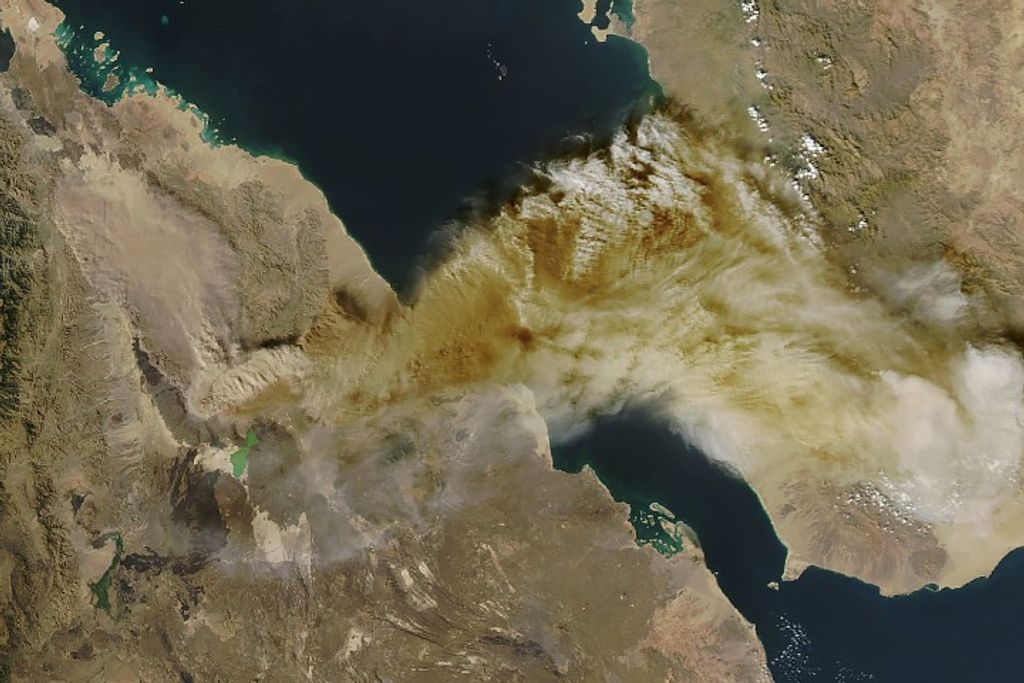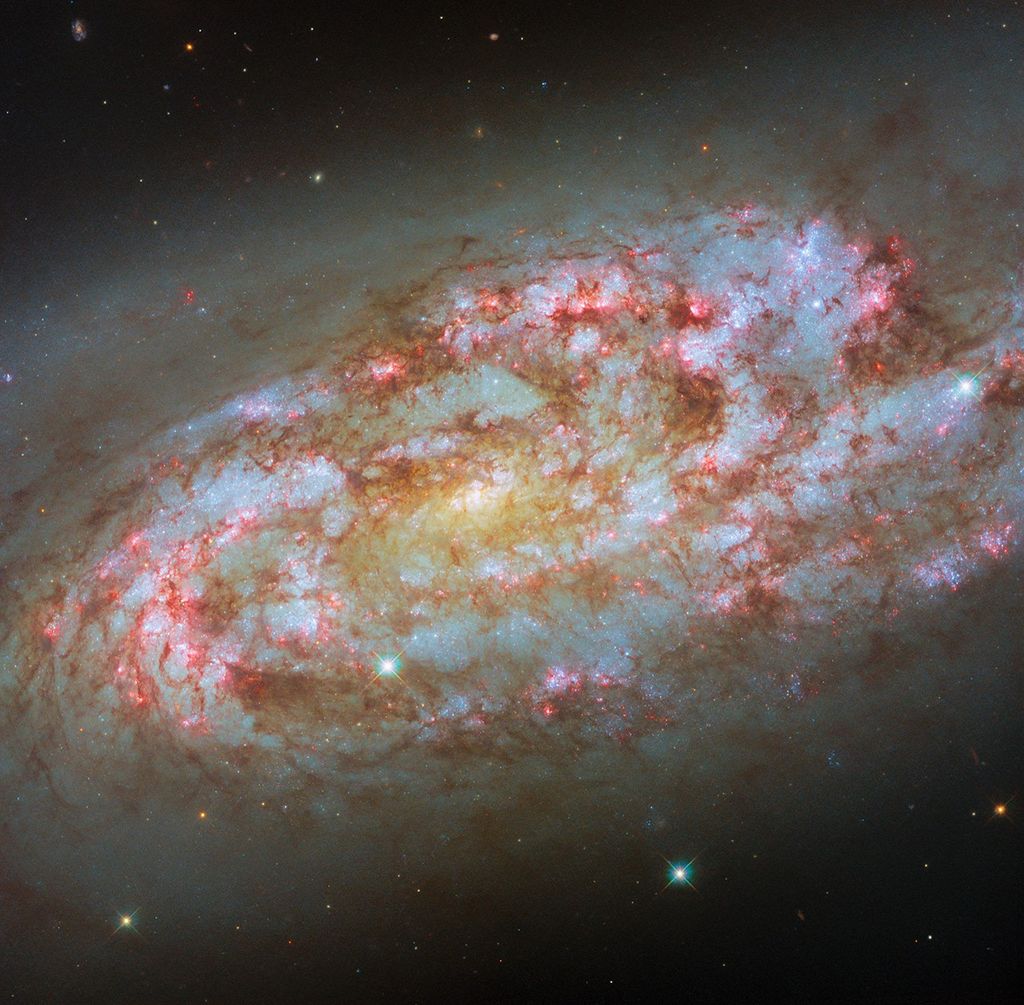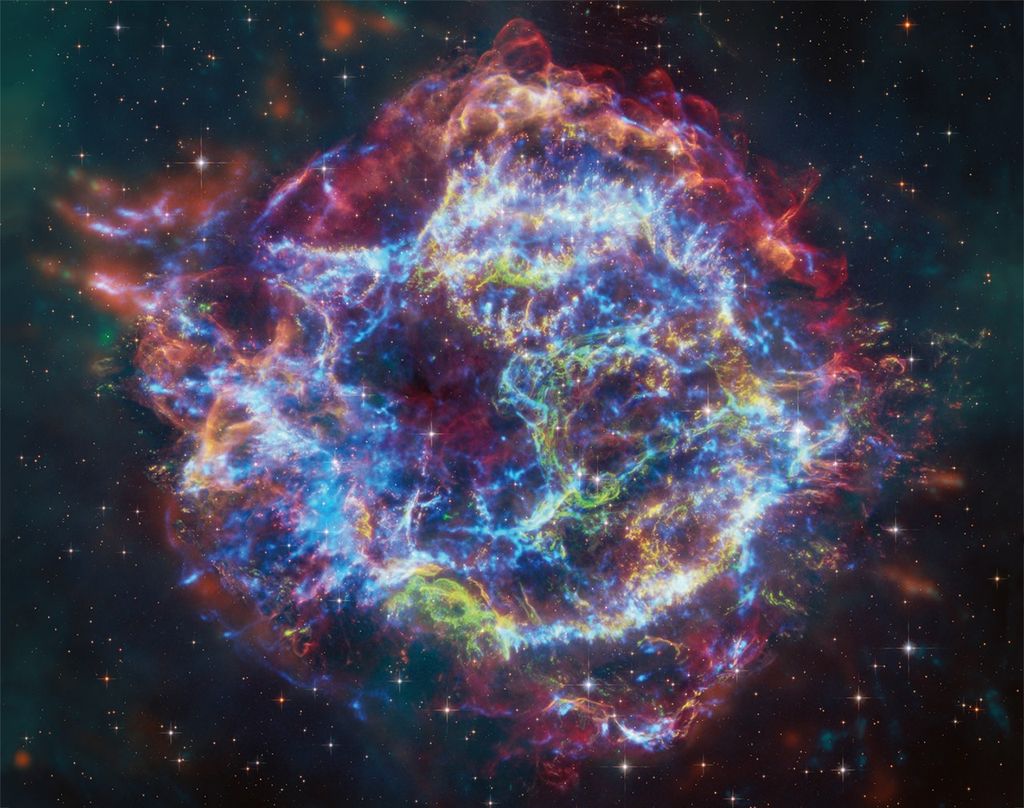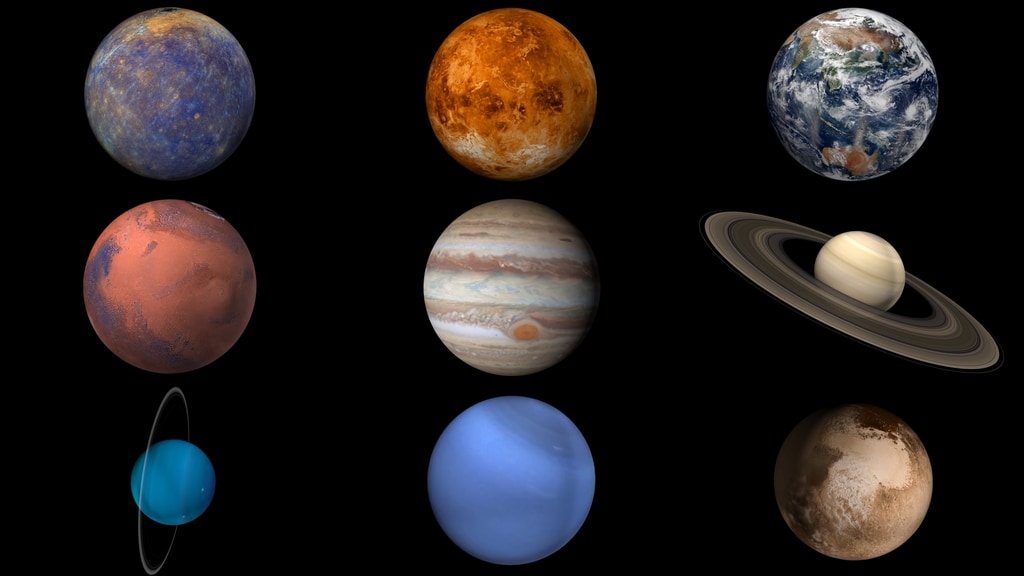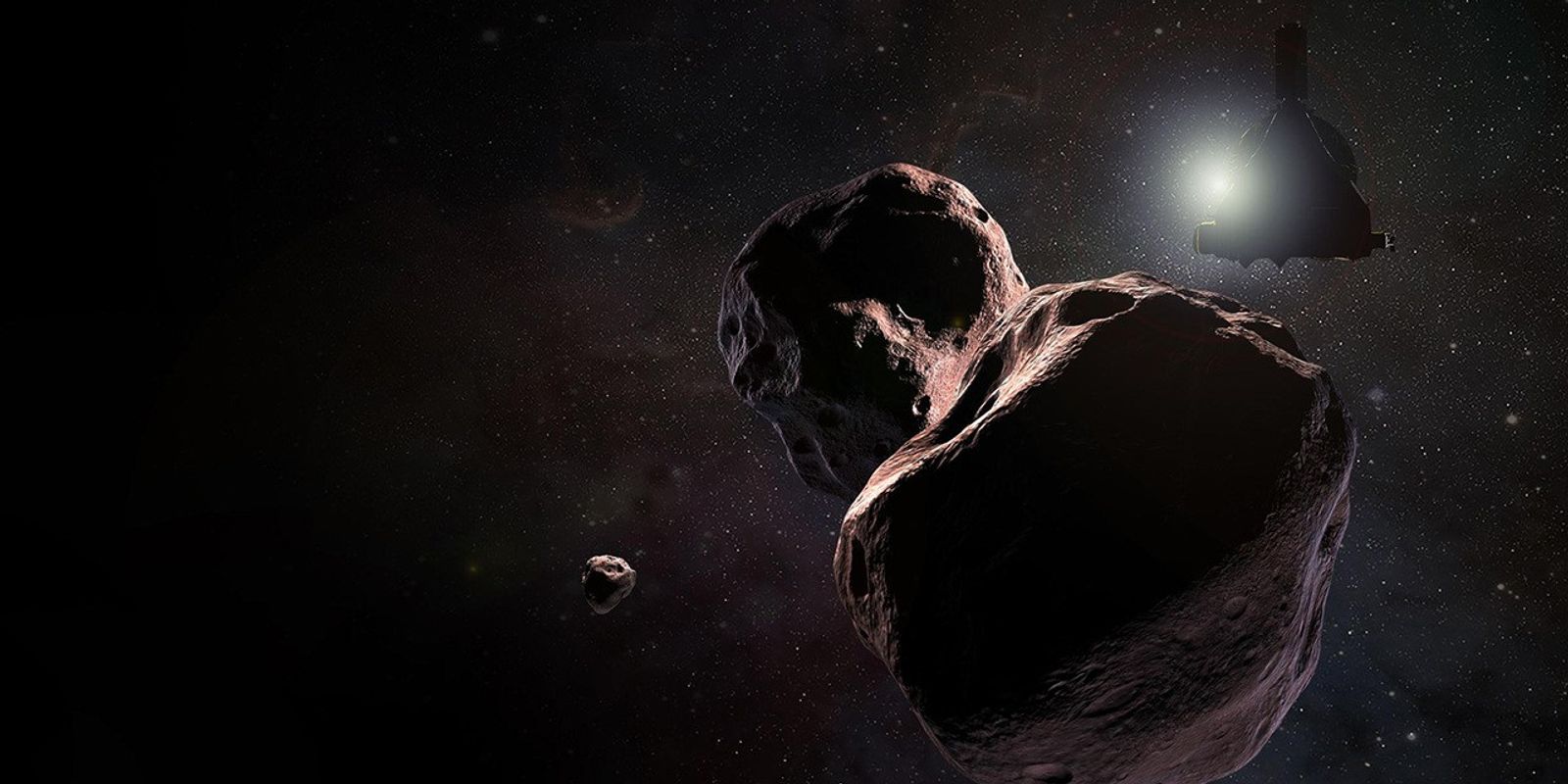Basics of Spaceflight: Units of Measure
Units of Measure
If you don't find the term you're looking for here, look in the Glossary.
In the Basics of Space Flight, most abbreviations for units of measure are not spelled out the first time they are used, unlike the way other abbreviations are. They are all listed on this page instead.
The first list contains abbreviations you'll find most frequently in the Basics of Space Flight. Below it you'll find some of the International System of Units, SI, and a link to the The National Institute of Standards for complete details. Next is a selection of formulas for converting SI to English measures, a link to a conversions engine, and a link to a comprehensive set of conversion tables.
1. Unit Abbreviations Frequently Found in the Text
| au | Astronomical Unit, a measure of distance, based on the mean Sun-Earth distance. The International Astronomical Union defines the AU as the distance from the Sun at which a particle of negligible mass, in an unperturbed orbit, would have an orbital period of 365.2568983 days (a Gaussian year). The AU is thus defined as 1.4959787066E+11m (149,597,870.66 km). [More] |
| bps | Bits per second, a measure of data rate |
| c | Speed of light in a vacuum, 299,792,458 m/sec |
| G | Giga, a multiplier,* x109 from the Latin "gigas" (giant). In the U.S., 109 is a billion, while in other countries using SI, 1012 is a billion. Giga means 109 everywhere. |
| g | Gram, a unit of mass (see SI units below) |
| Hz | Hertz, the number of cycles per second |
| k | Kilo, a multiplier,* x103 from the Greek "khilioi" (thousand) |
| LY | Light Year, a measure of distance, the distance light travels in one year; about 63,240 au |
| M | Mega, a multiplier,* x106 from the Greek "megas" (great) |
| m | Meter, a unit of length (USA spelling; elsewhere, metre) (see SI units below) |
| N | Newton, a unit of force (see SI units with special names, below) |
| s | Second, the SI unit of time (see this extensive definition) |
| W | Watt, a unit of power (see SI units with special names, below) |
* The remaining multipliers are listed in the GLOSSARY.
2. International System of Units, SI
SI has long been the notation universally used in science and technology. It has also become the dominant language of international commerce and trade, except in the U.S.
| Base quantity | Name | Symbol |
|---|---|---|
| SI base unit | ||
| length | meter | m |
| mass | kilogram | kg |
| time | second | s |
| electric current | ampere | A |
| thermodynamic temperature | kelvin | K |
| amount of substance | mole | mol |
| luminous intensity | candela | cd |
For a comprehensive and definitive reference on all aspects of SI, as well as many other quantities and standards, please visit the National Institute of Standards (NIST) website. Some of the information on this page has been obtained from there.
See also the Solar System Temperature Reference for examples and temperature comparisons of objects and conditions in space, from absolute zero through planet temperatures, to those of stars.
Some Derived SI Quantities
Selected from NIST website
| Derived quantity | Name | Symbol |
|---|---|---|
| SI derived unit | ||
| area | square meter | m2 |
| volume | cubic meter | m3 |
| speed, velocity | meter per second | m/s |
| acceleration | meter per second squared (meter per second per second) | m/s2 |
| wave number | reciprocal meter | m-1 |
| mass density | kilogram per cubic meter | kg/m3 |
| specific volume | cubic meter per kilogram | m3/kg |
| current density | ampere per square meter | A/m2 |
| magnetic field strength | ampere per meter | A/m |
SI Units with Special Names
Selected from NIST website
| Derived quantity | Name | Symbol | Expression in terms of other SI units | Expression in terms of SI base units |
|---|---|---|---|---|
| SI derived unit | ||||
| plane angle | radian | rad | - | m·m-1 = 1 |
| solid angle | steradian | sr | - | m2·m-2 = 1 |
| frequency | hertz | Hz | - | s-1 |
| force | newton | N | - | m·kg·s-2 |
| pressure, stress | pascal | Pa | N/m2 | m-1·kg·s-2 |
| energy, work, quantity of heat | joule | J | N·m | m2·kg·s-2 |
| power, radiant flux | watt | W | J/s | m2·kg·s-3 |
| electric charge, quantity of electricity | coulomb | C | - | s·A |
| electric potential difference, electromotive force | volt | V | W/A | m2·kg·s-3·A-1 |
| capacitance | farad | F | C/V | m-2·kg-1·s4·A2 |
| electric resistance | ohm |  | V/A | m2·kg·s-3·A-2 |
| electric conductance | siemens | S | A/V | m-2·kg-1·s3·A2 |
| magnetic flux | weber | Wb | V·s | m2·kg·s-2·A-1 |
| magnetic flux density | tesla | T | Wb/m2 | kg·s-2·A-1 |
| inductance | henry | H | Wb/A | m2·kg·s-2·A-2 |
| Celsius temperature | degree Celsius | °C | - | K |
| luminous flux | lumen | lm | cd·sr | m2·m-2·cd = cd |
| illuminance | lux | lx | lm/m2 | m2·m-4·cd = m-2·cd |
3. A Few Handy SI-to-English Conversions
Take the number of SI units and apply the conversion to get the number of English units. For example, 2 meters equals about 6.56 feet.
| Millimeters to inches | mm | x | 0.0393700787401575 | = | in |
| Centimeters to inches | cm | x | 0.393700787401575 | = | in |
| Meters to feet | m | x | 3.28083989501312 | = | ft |
| Meters to yards | m | x | 1.09361329833771 | = | yds |
| Kilometers to miles | km | x | 0.621371192237334 | = | mi |
| Grams to ounces | g | x | 0.0352739907229404 | = | oz |
| Kilograms to pounds | kg | x | 2.20462262184878 | = | lbs |
| Celsius to Fahrenheit | (°C | x | 9/5) + 32 | = | °F |
| Newtons to Pounds Force: | N | x | 0.224809024733489 | = | lbf |









